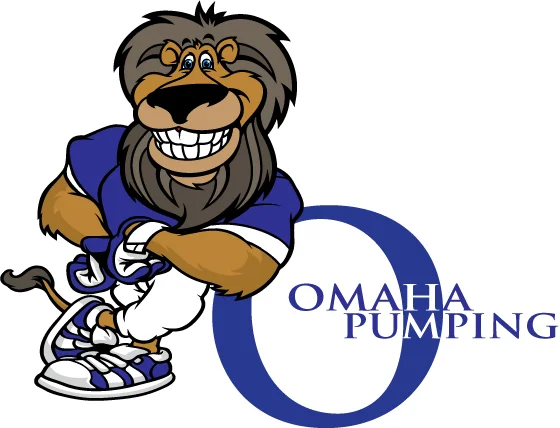Septic Systems are a major investment in a property. Understanding your Septic System is key to maintaining it’s health, protecting the investment as well the health of the community and environment. Don't wait until you have a problem - learn how to keep your septic system healthy and hassle free for years.
Don't wait until you have a failing system - learn how to keep your septic system healthy and hassle free for years.
What is a septic tank?
Your Septic System consists of 3 parts: the Home’s Plumbing System; the actual Septic Tank and the Drain Field.
THE SEPTIC TANK is a large (on average 1500 gallons), watertight tank that receives waste-water from the home’s plumbing system.
THE DRAIN FIELD follows the septic tank. This is an underground network of perforated pipe or chambers for distributing partially treated water from the septic tank to the soil for final treatment & disposal.
How does a septic tank work?
Your septic system is your “waste water treatment plant”. As such it has its own little ecosystem.
Septic tanks contain bacteria that grow best in oxygen-poor conditions. These bacteria carry out the first portion or the treatment process by converting most solids into liquids and gases.
The liquids flow out of the tank into the drain field. The inorganic matter & sludge accumulates in the bottom of the tank.
The waste water which flows out of the tank into the drain field is relatively clear, although it still has an odor and may carry disease organisms.
In the field, bacteria that require oxygen thrive and complete the treatment process begun in the septic tank before releasing the water into the ground.
KNOWING WHEN YOU HAVE A PROBLEM
Smelly water seeping up on your lawn or standing water in your field. This is the result of a drain field that is not functioning.
The water from the tank should flow ONLY into the drain field and should NEVER appear on the ground surface or into water sources.
You have waste water backing up in your home.
Do your toilets flush slowly or gurgle?
Are your drains gurgling?
PROTECT YOUR SYSTEM
Just like our own “gut health” the key to a healthy septic system is trying to keep the bacteria in your system strong so they can break down the solids. If your systems bacteria is compromised the septic system will fill up with solid material and overflow into the absorption area, causing the system to fail.
REGULAR MAINTENANCE
Scheduled maintenance program is the best defense against costly repairs or replacements. Even the healthiest system accumulates inorganic matter & sludge in the bottom of the tank. This must be pumped out periodically.
Most systems are best served by being serviced every 2-3 years.
age of the system
number of occupants in the home
use of a garbage disposal
amount of laundry being done in the home.
BIOLOGICAL ADDITIVES
Regular Maintenance also allows your service company to see signs of compromised bacteria health before your system fails.
Finding your solids are heavy or there is a thick “crust” building up in your tank are symptoms your bacteria is not optimal. Adding a Professional Biological Additive* to your tank can help restore the bacteria health.
CARE OF THE FIELD
Never drive or park over your field. In addition grass should be the only thing that you plant over/near your drain-field to avoid damage from roots.
WATER CONSERVATION
Fix leaky toilets and faucets as soon as possible. Even 1 leaking toilet can use 30 gallons of water daily. it is also helpful to distribute your laundry loads over the week.
NEVER DISPOSE OF THE FOLLOWING ITEMS INTO YOUR SYSTEM BY WAY OF YOUR SINKS OR TOILETS:
ANY PAPER PRODUCTS THAT ARE NOT “SEPTIC SAFE”, this includes:
Paper Towels or Facial Tissues, “Flushable” wipes,
Q-Tips or Cotton Squares
& Especially Feminine Products
DISINFECTANTS & CLEANERS that contain, bleach, ammonia, hydrochloric acid or phosphates.
If you must use a “bleach” or chemical based product use it sparingly. The amount of bleach in one load of laundry is not harmful to your tank, however if you are using a “color safe” bleach detergent in every load it can be harmful.
ANTIBACTERIAL PRODUCTS - these can destroy both good and bad bacteria in your system. In addition, several studies have suggested that triclosan — an ingredient used in many antibacterial items — may breed resistance to germs.
DRAIN CLEANERS even those marked “septic safe”; crystal drain cleaners specifically can contain large quantities of lye & sulfuric acid. Always try plunging, hot water or baking soda & vinegar, a snake before turning to a chemical.
CLEANING/CONDITIONING OILS such as some furniture polishes and leather conditioners can smother the drain field.
SOLVENTS such as degreasers, paint thinners, and nail polish removers also upset the balance in a system and pollute the drain field & groundwater.
MEDICATIONS
